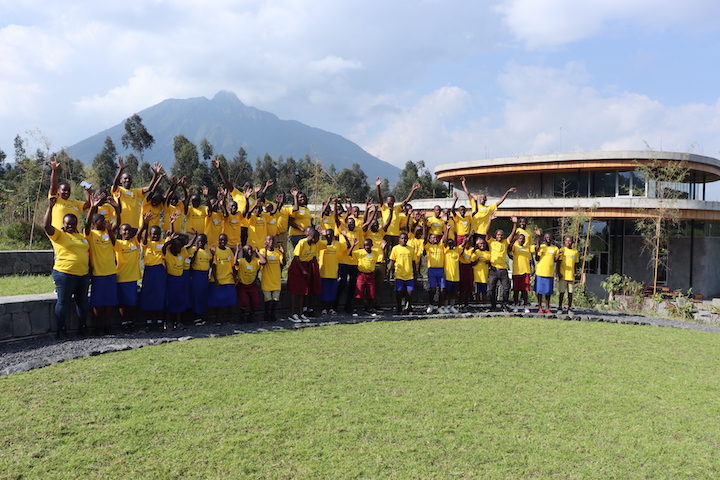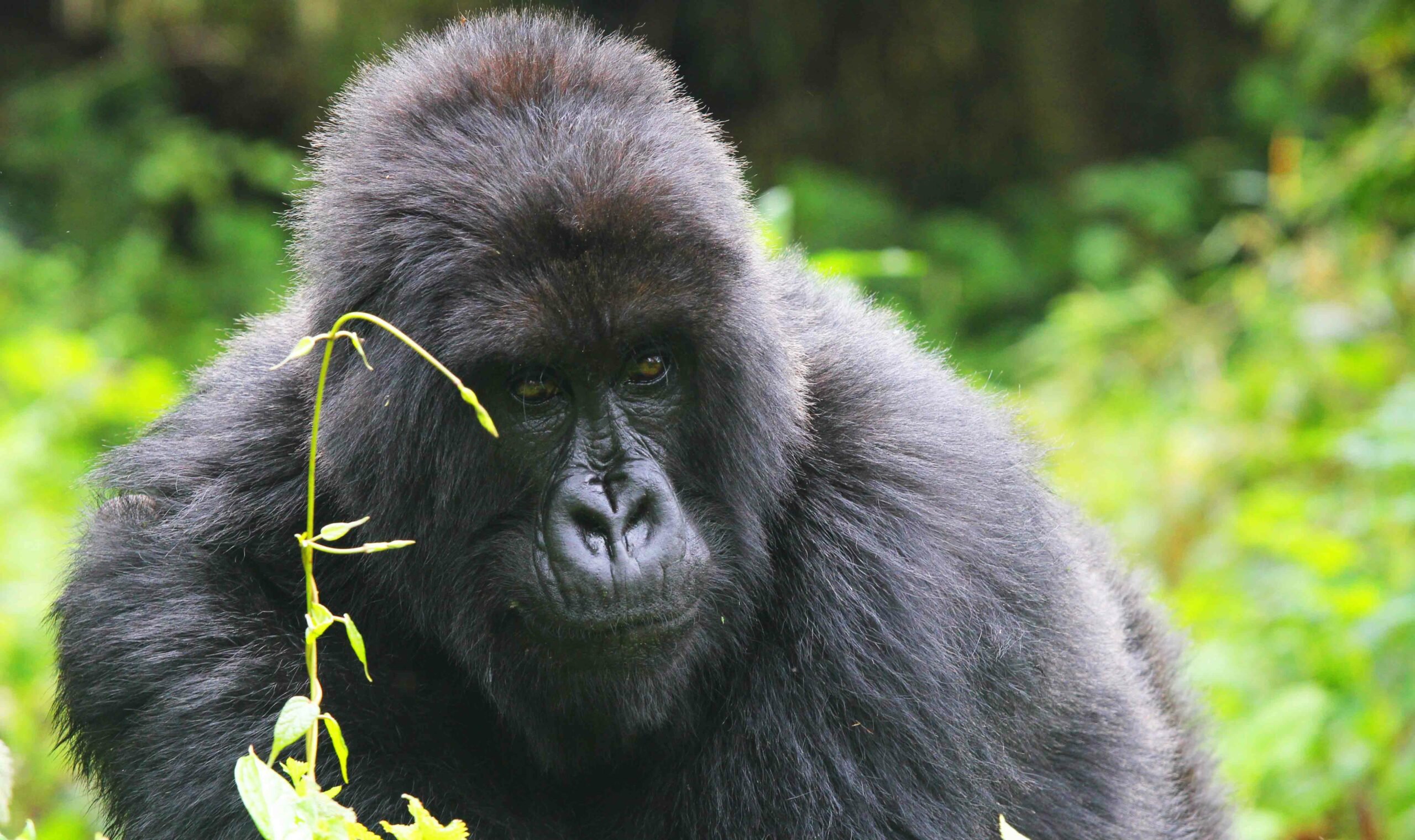We're protecting more than just gorillas!
A significant part of our plan when we designed our new Ellen Campus was to restore native plant species to this former agricultural space. We planted roughly 250,000 individual plants from 110 different species—and as the plants returned, so did the insects, insectivores and other native species.

Before construction started, we collected data on the biodiversity at the site. We found a low number of native plant species, about 20-30 bird species, a moderate variety of insects and the occasional frog. Two years later, having converted the former fields of grassland and potato crops to a budding native ecosystem, we are seeing a variety of species beginning to make the Ellen Campus their home.
All the species previously present, many of which favor human-disturbed or open landscapes, remain on site. This includes seed-eating birds commonly found on agricultural lands and gardens, such as colorful yellow canaries, cute little waxbills, and splendid pin-tailed whydahs.


But the list also includes insectivores—insect-eating birds—such as paradise flycatchers, and nectarivores like the variable sunbird, as well as an increasing variety of insects and frogs. Some of these species were not seen in our original survey, a clear sign that the native vegetation is attracting new species. We are also beginning to see more specialized species, those that prefer forests to crop fields, and we are adding to our list every week. The wetlands on the site now attract herons, for example, while the presence of dragonflies indicates that these new wetland ecosystems on the Ellen Campus are healthy and thriving. We’re curious to find out which mammals visit our campus at night, and so we’ve installed camera traps.
As the landscape around our new home turns greener every day, we are curious to see how animals respond. Might the Ellen Campus provide a habitat for the more threatened species, the unique organisms currently only found in the neighboring national park? We’ll keep you posted.











